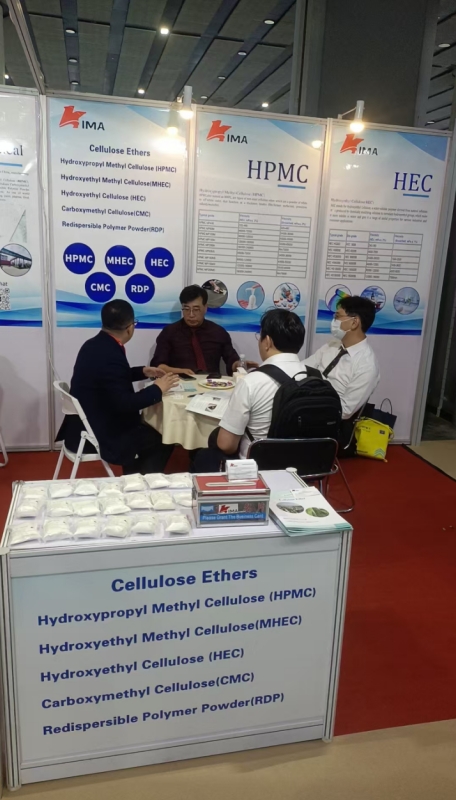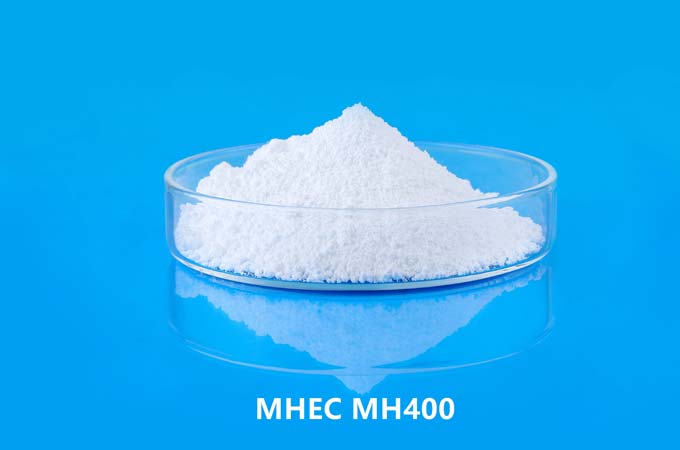Hydroxyethyl Cellulose (HEC) is a non-ionic water-soluble polymer formed by natural cellulose treated with alkali and then reacted with ethylene oxide. It is widely used in water-based coating systems, especially in architectural coatings, industrial coatings and latex paints. HEC has good thickening, film-forming, stabilizing and construction properties, and is one of the indispensable important additives in water-based coatings.

1. Good thickening performance
The primary function of HEC is to act as a thickener. It forms a polymer network structure in the water phase through physical action, significantly improving the viscosity of the coating. HEC has pseudo-plastic rheological properties, that is, the viscosity is higher when the shear force is small, which helps to prevent the precipitation and sagging of the coating; and under high shear conditions, such as brushing, roller coating, and spraying, the viscosity decreases, making the coating easy to apply. This rheological behavior improves the smoothness of construction and uniformity of film formation, and improves the construction experience.
2. Excellent suspension and stability
In the coating system, there are many kinds of pigments, fillers and additives, and different components are prone to stratification, sedimentation and other problems. HEC can enhance the particle suspension force by increasing the overall viscosity of the system and adjusting the yield value, prevent filler sedimentation, and help maintain the uniformity and long-term stability of the formula. In addition, since HEC is a non-ionic polymer and does not undergo electrolytic reaction with other components in the coating, such as emulsions or pigments, its thickening effect is more stable and is not easily affected by pH and electrolytes.
3. Improve construction performance
HEC can significantly improve the construction feel and film-forming properties of water-based coatings. It can avoid dripping when brushing, improve the control ability of coating thickness when rolling, and prevent poor atomization and backflow when spraying. In addition, HEC also has certain wetting and slippery properties, which is conducive to the uniform spreading of the coating on the surface of the substrate, reducing brush marks and orange peel phenomenon, and forming a smooth and delicate coating surface.
4. Adjust the coating time and film-forming property
HEC also has a regulating effect on the drying speed of the coating, especially in a high-temperature dry environment. HEC can slow down the evaporation rate of water, prolong the coating time, and give construction workers more time to repair and adjust to avoid joints and unevenness. In addition, HEC itself has good film-forming properties, and can work with emulsions to improve the density, flexibility and adhesion of the paint film.
5. Good compatibility and formulation flexibility
Since HEC is a non-ionic polymer, it has good compatibility with most commonly used emulsions, pigments, fillers and other additives, and is not easy to react adversely with cationic or anionic components in the system. This characteristic makes HEC suitable for a variety of different systems, including pure acrylic, acetic acid acrylic, styrene acrylic emulsions, and silicon-containing and fluorine-containing modified emulsion systems. It can also exist stably in different pH ranges, greatly improving the design freedom and adaptability of coating formulations.

6. Green and high safety
HEC is derived from natural cellulose and is a renewable material. There is no harmful solvent residue in the production process and it does not contain volatile organic compounds (VOC), which is in line with the current development trend of green environmental protection. In addition, HEC is non-irritating to human skin and highly safe. It is an ideal choice to replace traditional organic solvent-based thickeners, especially for scenes with high environmental protection requirements such as interior wall paints and children's room paints.
7. Obvious cost-effectiveness
Although HEC may be higher in unit price than some inorganic thickeners, it has a small amount, significant effect, and low overall cost of use. The high efficiency of HEC allows the coating to reduce the use of other additives while improving its performance, thereby reducing the overall formulation cost. At the same time, HEC's high storage stability and freeze-thaw resistance help to extend the shelf life of the coating and reduce the indirect costs caused by rework and scrapping.
As a non-ionic thickener with excellent performance,HEC has irreplaceable advantages in water-based coatings. It not only provides excellent thickening effect and rheological control, but also enhances the suspension, construction and film-forming properties of the coating, and has good environmental compatibility and cost advantages. With the continuous popularization and technological development of water-based environmentally friendly coatings, the application prospects of HEC will become more and more broad, and it is an important boost to promote the development of the green coating industry.
 English
English 日本語
日本語 français
français Deutsch
Deutsch Español
Español italiano
italiano русский
русский português
português العربية
العربية Türkçe
Türkçe Nederland
Nederland





